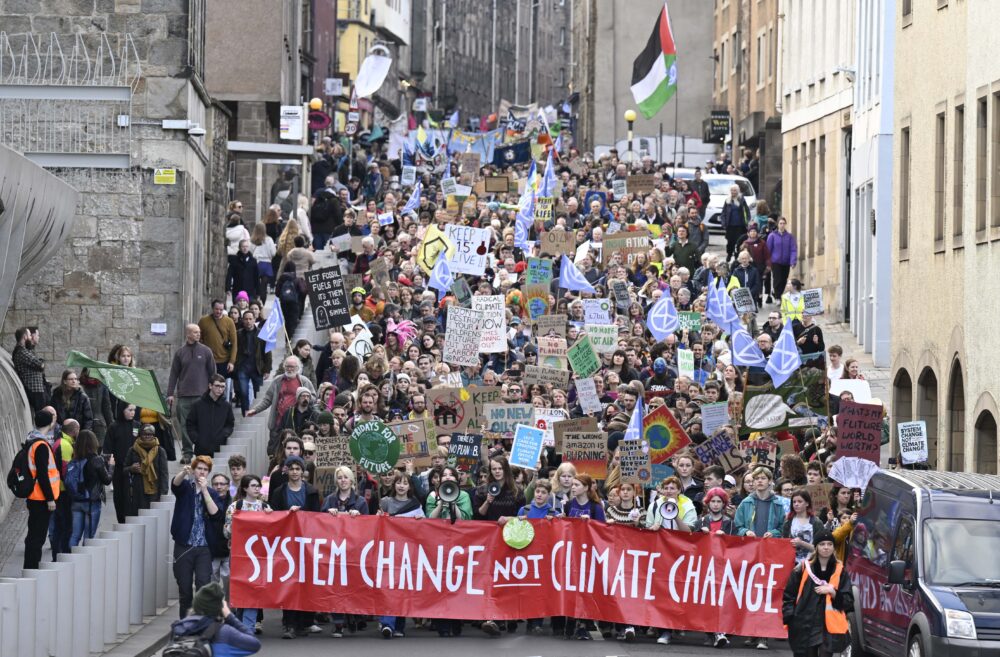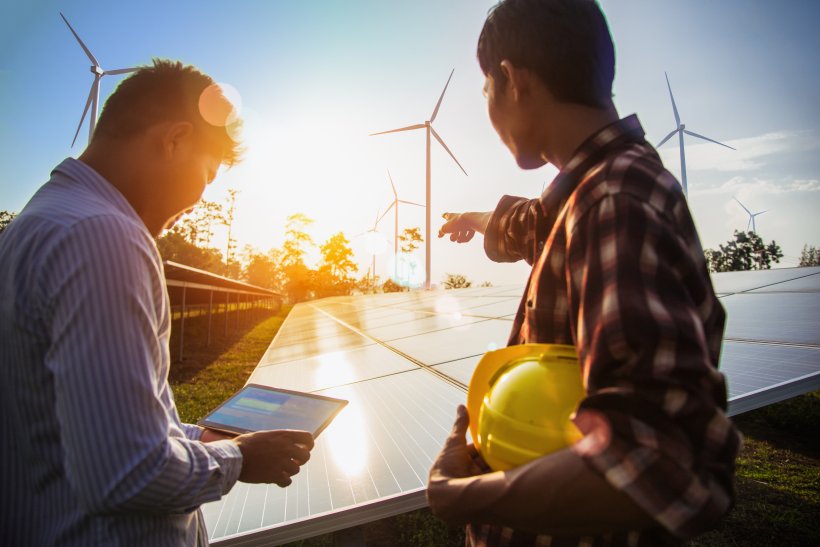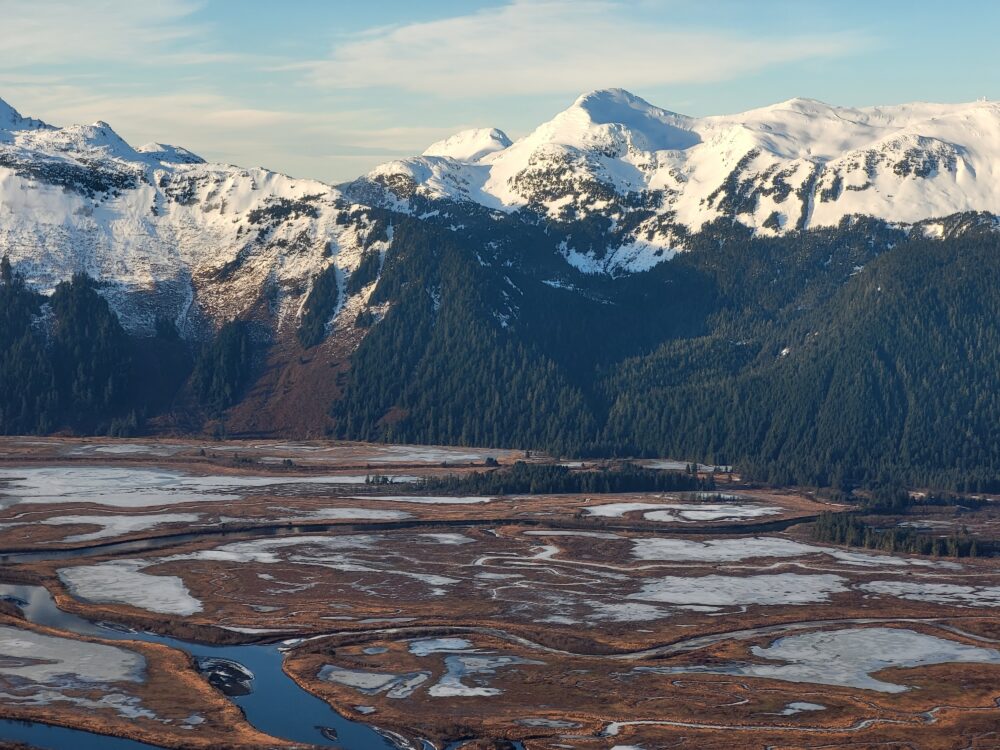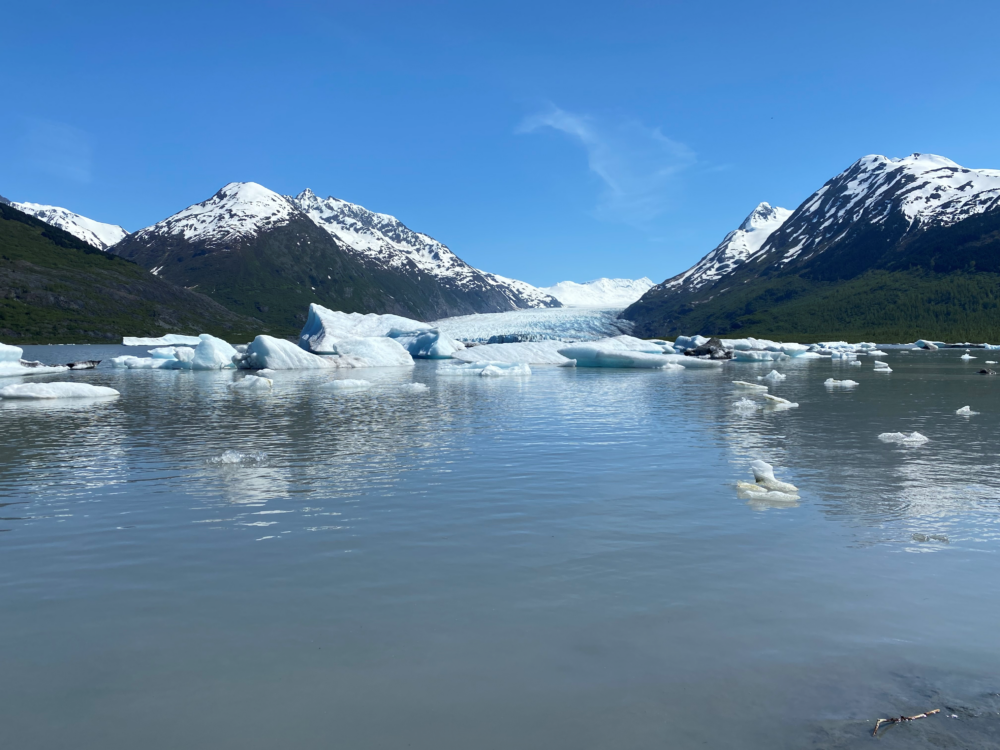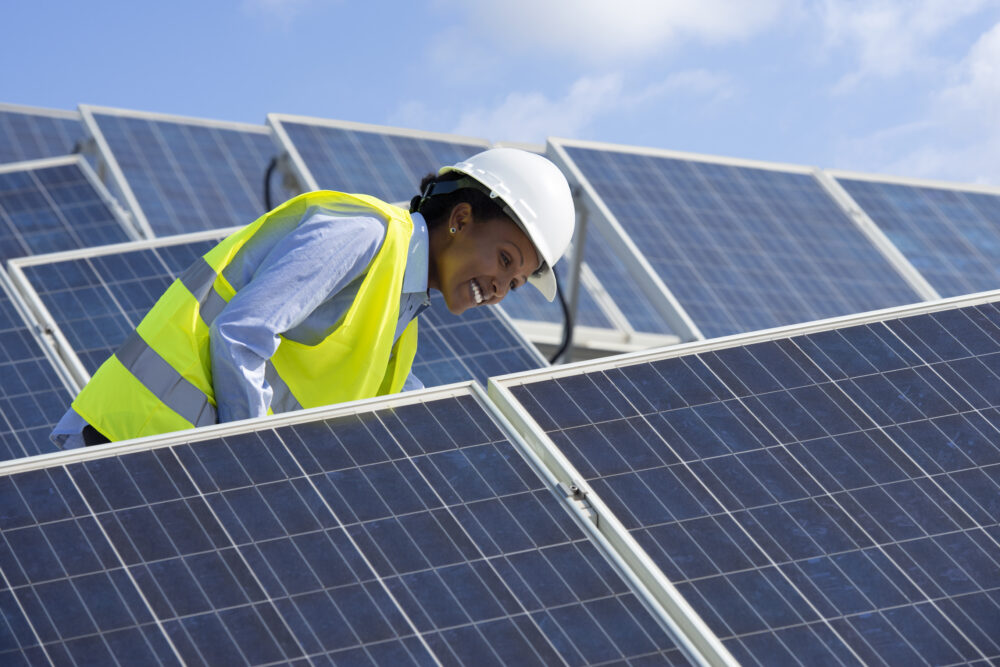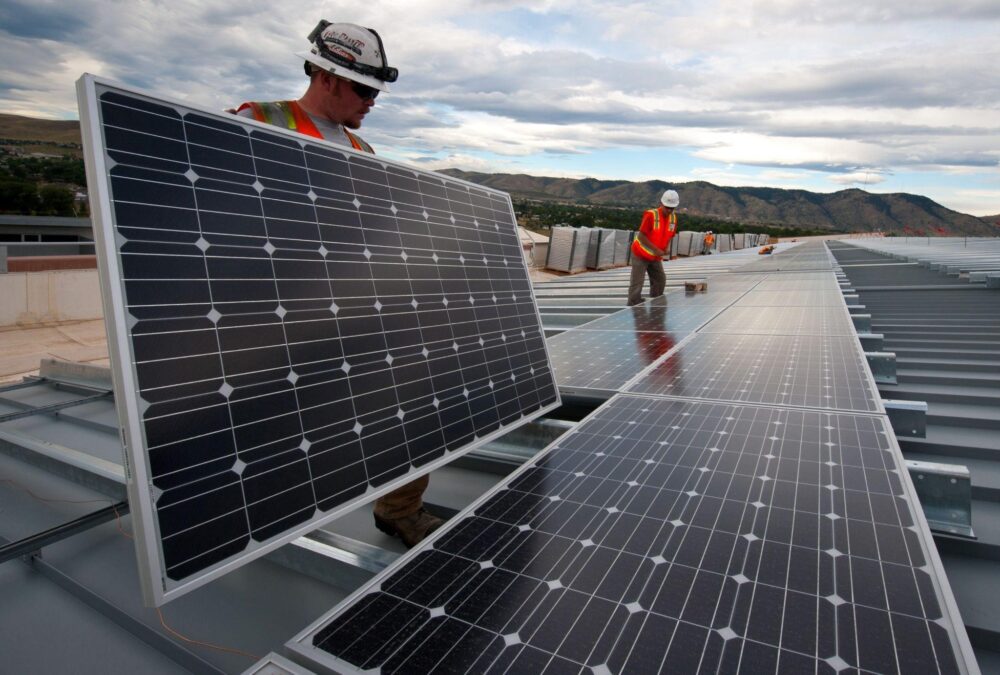We have much more to do and your continued support is needed now more than ever.
The Importance of Environmental Monitoring
Evaluating the potential effects of a carbon capture and storage project in Lake Maurepas, Louisiana
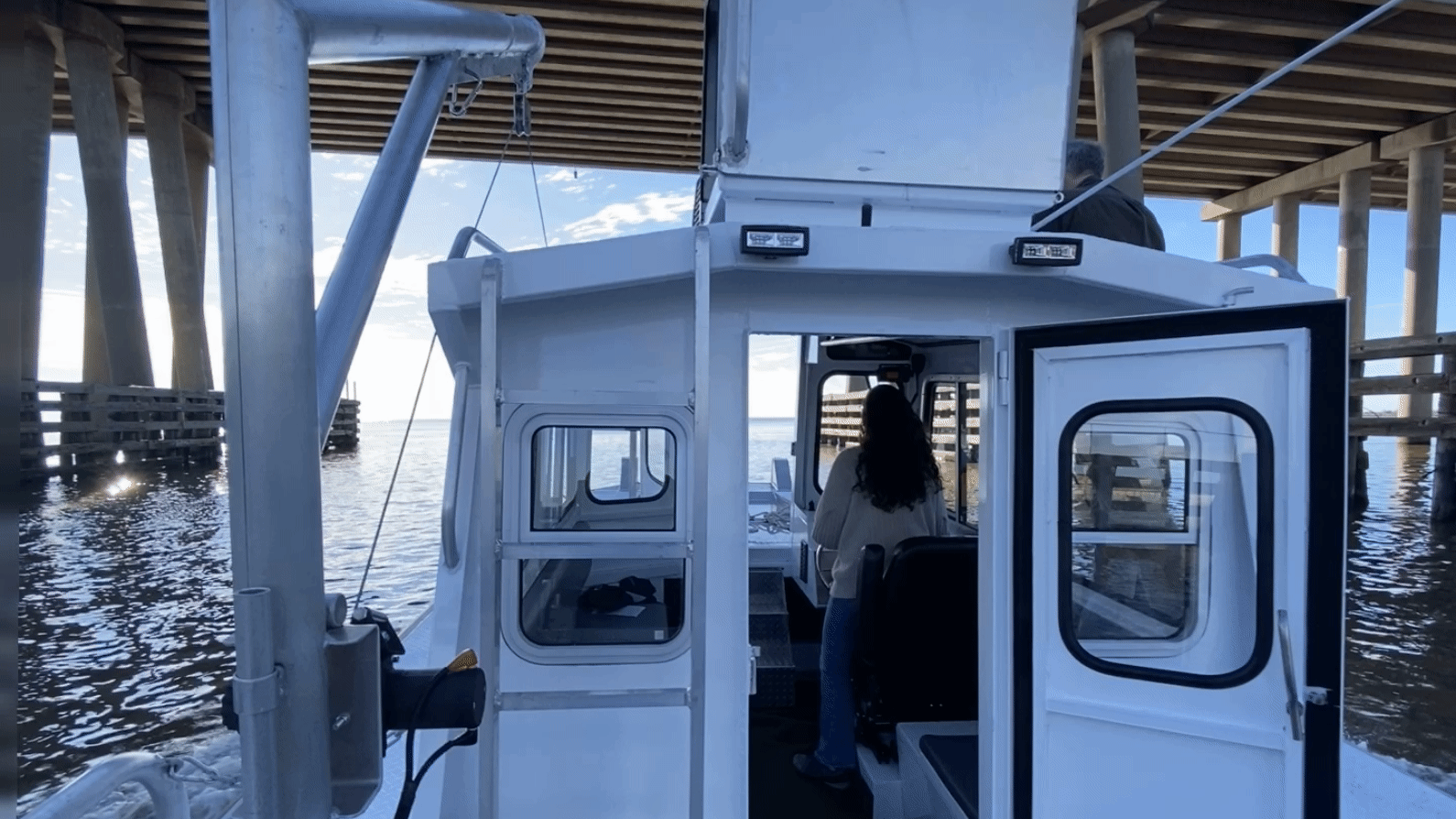
On a sunny February afternoon, NWF’s senior industrial policy specialist, Dr. Simone H. Stewart, and I drove down a winding Louisiana road that led to a boathouse on Pass Manchac, a narrow marshy passage between Lakes Maurepas and Pontchartrain. We were visiting the Turtle Cove Environmental Research Station, a program of Southeastern Louisiana University that supports a variety of ecological research and educational programming.
We were there to see the beginning of a new research project the university is involved with on Lake Maurepas. Southeastern Louisiana University received funding from Air Products, an industrial gas company, to conduct – over the next five years – independent third-party environmental monitoring in response to Air Products’s plans for a carbon capture and storage (CCS) project in the area. Air Products plans to inject condensed carbon dioxide underneath Lake Maurepas from where it will be captured at a hydrogen production facility in Darrow, a town southwest of the lake, about 30 miles away.
Data collection and monitoring
During this baseline monitoring period, the University’s Lake Maurepas Monitoring Project (LMMP) team deployed four monitoring buoys that will collect data on water quality and health, including water temperature, dissolved oxygen, pH, carbon dioxide, and water turbidity (cloudiness of the water), among other parameters. The LMMP team will also collect data on aquatic wildlife including shrimp, blue crabs, and Rangia clam populations, lengths and weights of each species, alligator nesting and egg viability, and environmental DNA samples to comprehensively assess fish species diversity.
These data are reported in real-time, and publicly available here.
While Air Products is funding this monitoring, The LMMP team will share and analyze the data without any approval or editing from Air Products. Southeastern Louisiana University, Turtle Cove staff, and the LMMP team take the integrity of their work very seriously.
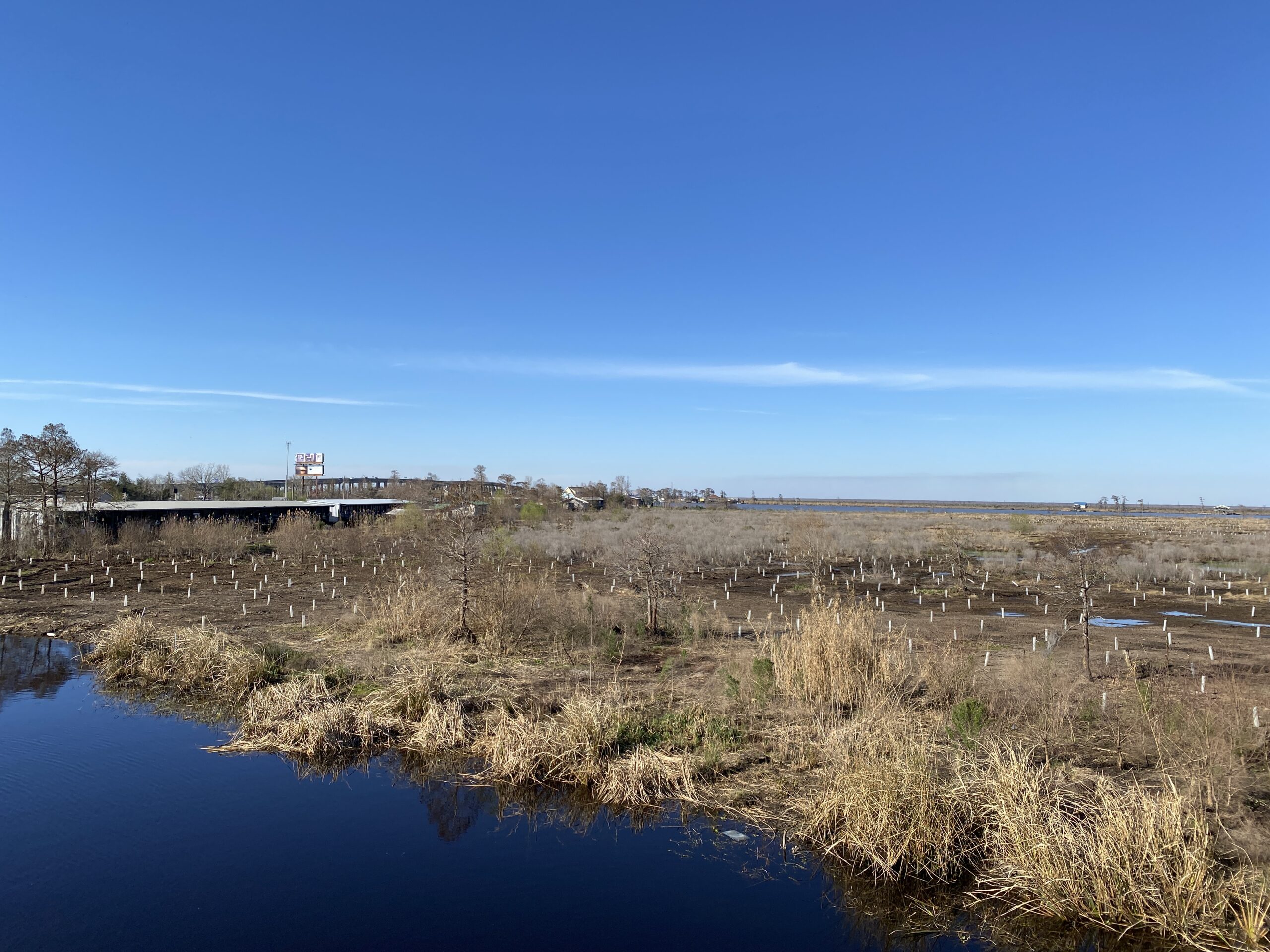
This initial round of data collection will be used to build a baseline ecological metric of Lake Maurepas before Air Products begins its underground injection of carbon dioxide. Once the project starts, likely in several years, The LMMP team, or any interested community members, can compare new data sets to pre-project sets. This will enable scientists and the public to better understand how underground carbon dioxide storage may affect the lake, and ideally ensure any sources of negative impacts to the lake can be addressed before they cause lasting damage.
We met with Dr. Rob Moreau, manager of Turtle Cove, Dr. Kyle Piller, a biologist and faculty of Southeastern and director of the LMMP, and Ariel Ebanks, a community engagement/education outreach coordinator for Turtle Cove, to talk about the facility, the monitoring project, and to visit the first data collection buoy in Lake Maurepas.
Touring Turtle Cove
The five of us climbed into Turtle Cove’s new research vessel and chugged through the narrow Galva canal. We were on the way to the Tickfaw River Buoy, about a 20-minute boat ride away in Lake Maurepas.
Once we crossed into the lake, Rob gleefully sped up the boat and navigated us to the buoy. From far away the buoy looked like any other marker floating in the lake, but once we floated closer, the extra bells and whistles were obvious. The majority of the sensors are inside the buoy, but the CO2 sensor is connected to the silver arm on the buoy’s left side. Underwater, there are lines anchored to the lakebed to ensure the buoy stays put and can continue to provide real-time updates.
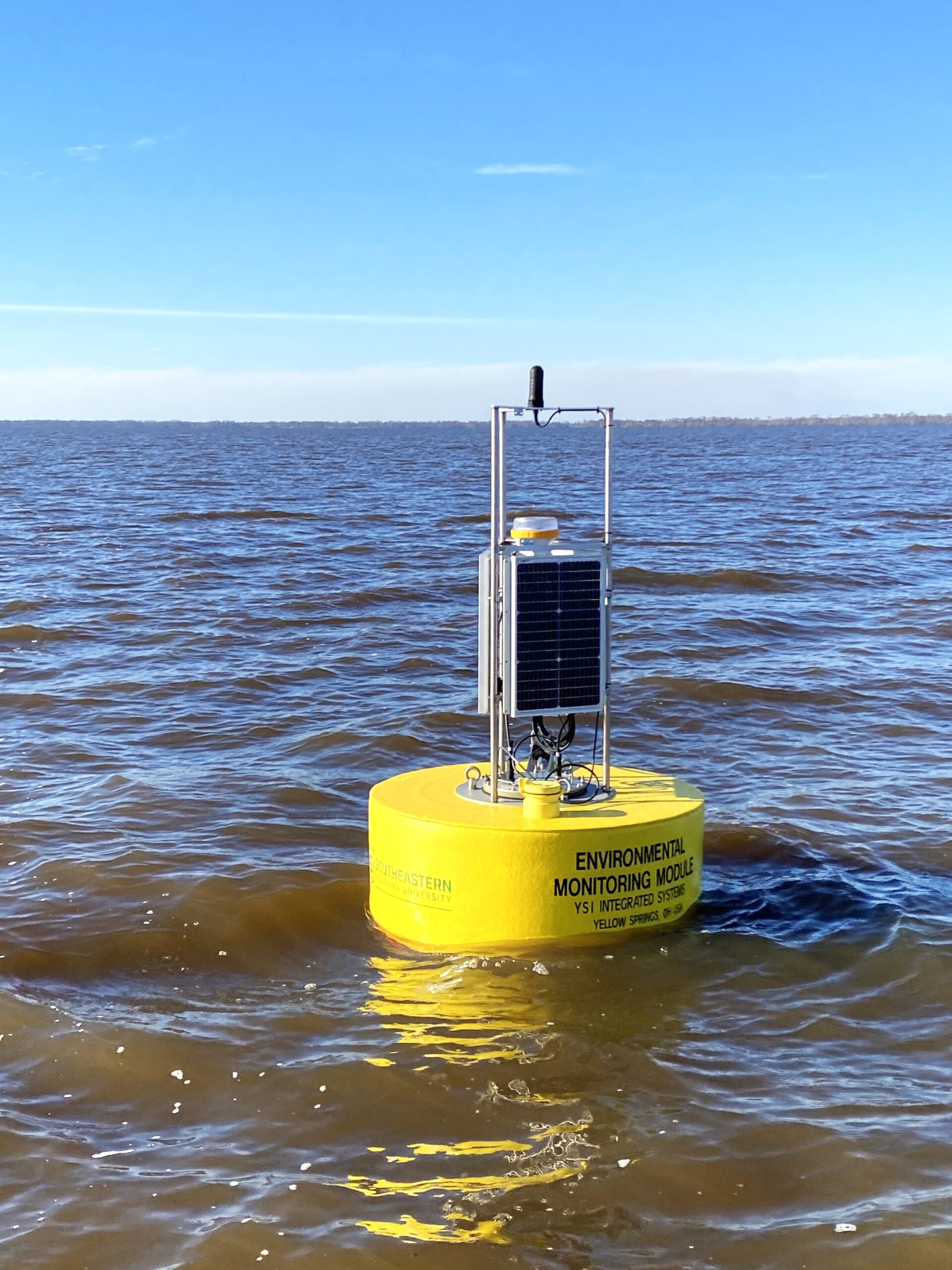
When the CCS project was announced, some local residents expressed concern about the potential impacts on the lake, and many were disappointed with the lack of community engagement from Air Products. While this type of monitoring is in no way a substitute for robust, authentic community engagement, third-party data is a valuable tool for communities dealing with incoming industrial projects. Both to assist with advocacy – pushing industries to be responsible stewards of our public lands and waters – and as part of day-to-day recreation.
For example, Kyle explained that one of the buoys will have a weather sensor that can be valuable to recreators, who want timely updates of lake conditions. Turtle Cove conducts tours of the marsh surrounding their facility each year, to a variety of people and all tours provide an explanation of the monitoring project. This type of open-access data on a project site is important for transparency with the community and should be replicated in other carbon management projects.















